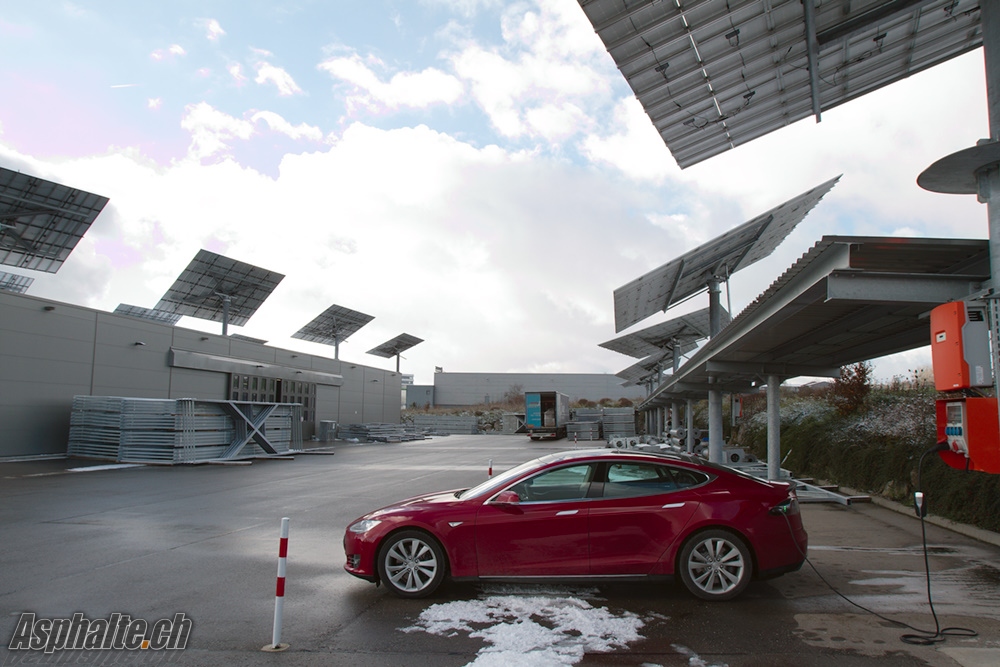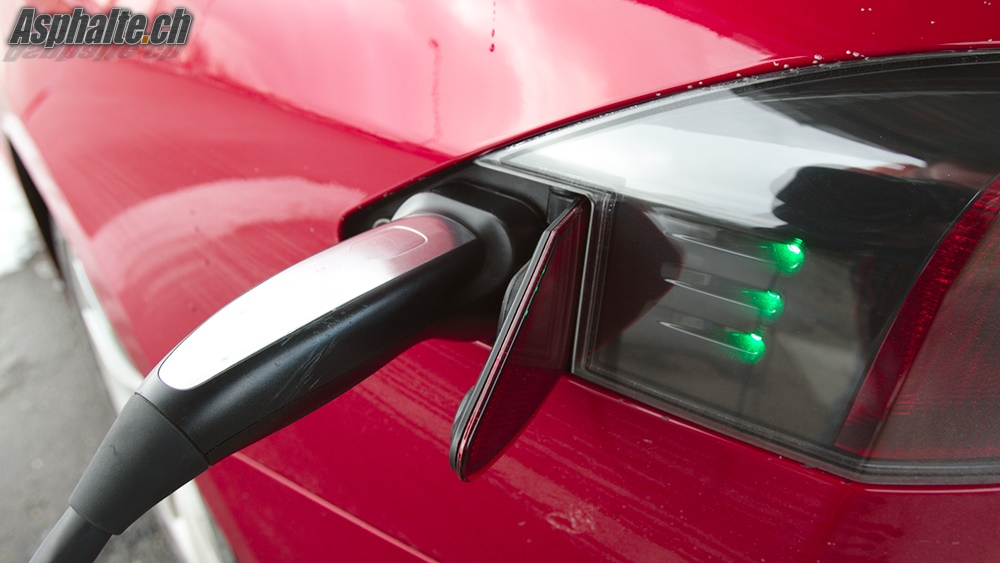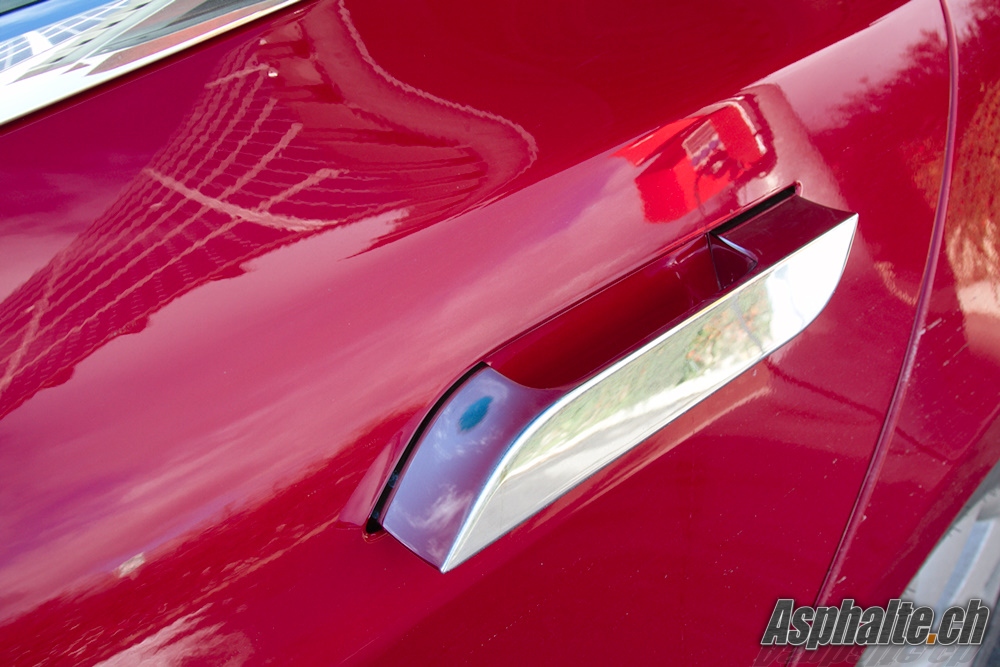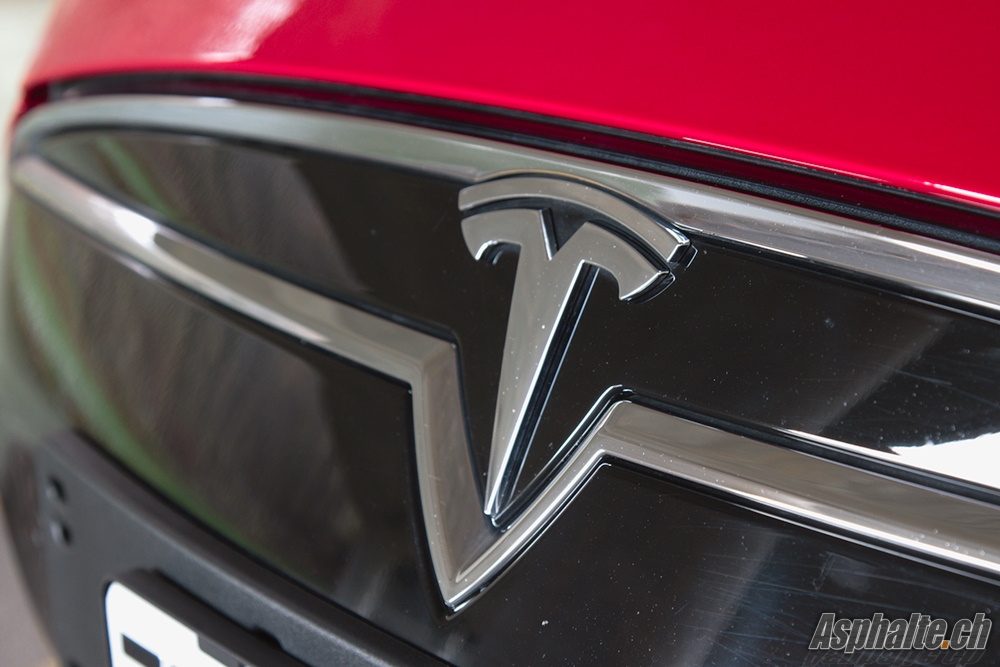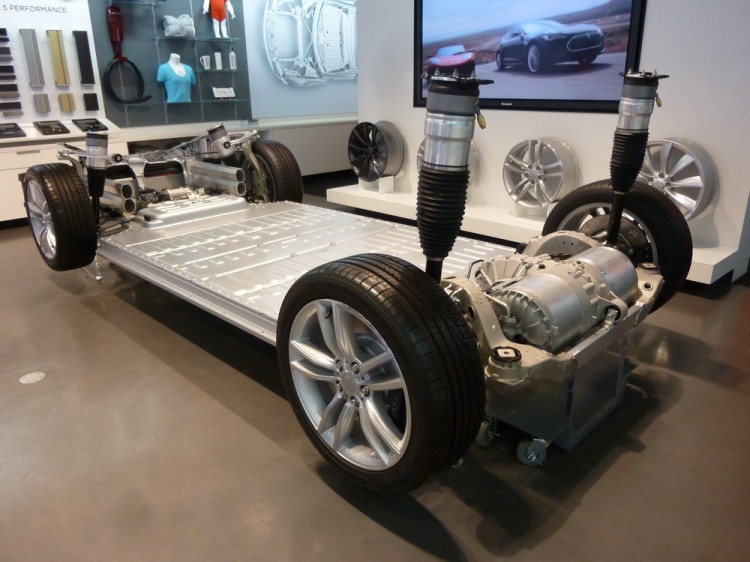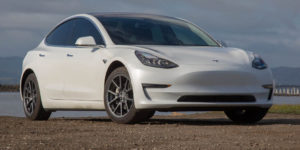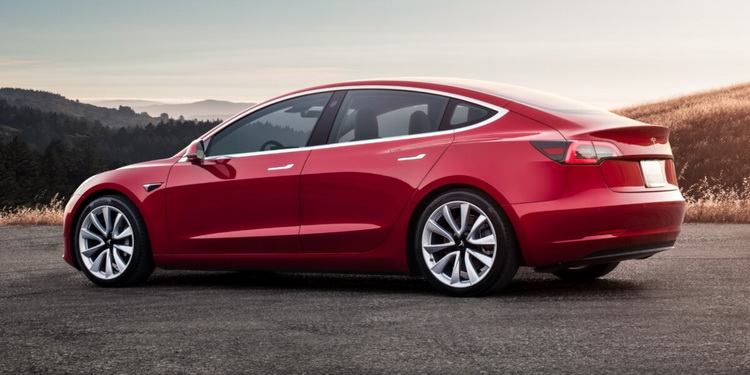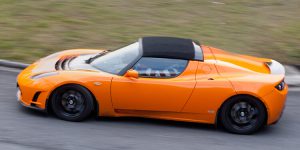Driven: Tesla Model S P85+
Tapping into the performance envelope of the model S has a price: electric consumption and range. The elaborate graph of energy consumption quickly shows worrying projections when a leaded foot is applied to the pedal. The intrinsic power efficiency of an electric car translates into a significant dependency of energy consumption to driving style. A combustion engine wastes some energy whether its available torque is fully used or not, and thermal losses limit its efficiency at only around twenty percent. An electric engine only draws the current required to move it, energy efficiency exceeds 60%.
We reach Horb am Neckar after 158km, of which a third was driven at moderate speeds, before the autobahn allowed higher average speeds and a few accelerations at full load. Typical range has melted by 249km, from 394 at origin to 145km at destination. Driving faster over a hundred kilometers has doubled energy consumption. The remaining range would not allow me to cover the return journey, a charging solution is required and Horb am Neckar offers a still rare commodity: a charging station. Luck has nothing to do with it, I chose this quiet provincial town because it has one of the three known charging stations in the Schaffhausen-Stuttgart freeway corridor. And this is according to e-charging community websites, with all of the uncertainty it entails.
The sight of solar panels and and a panel of charging plugs is therefore a relief, the station is open and operational ! I opt for the best available option, a 400V 16A three-phase connection. This Model S is equipped with the Dual Charger option (1600 CHF, highly recommended) which allows a charge current of up to 32A at 400V three-phase, but capable power outlets are scarce. Even Tesla’s own technical center in Winterthur is limited to 26A !
The charge cycle ramps slowly, raising the charge current progressively to reach after 30 minutes a rate of 50km of typical range per hour of charge, and a remaining charge time of five and a half hours to fill up. I know what I have drawn to drive here, but I do not know yet whether I can trust the typical range indicator for a mellow return journey, so I take a 100km margin. This adds up to two hours of wait time under the graceful ballet of photovoltaic panels searching for sunlight in a cloudy sky.
Under a conventional appearance, Tesla has designed the Model S around a novel and unusual packaging concept. The floor contains the Lithium Ion cell packs, packing a charge capacity without comparison with other hybrid or electric cars:
| Battery packs | Type | Chemistry | Charge | WEight |
| Toyota Prius III | Hybrid, parallel | NiMH | 1.3 kWh | 37 kg |
| Toyota Prius III Plug-In | Hybrid, parallel, rechargeable | Lithium Ion | 4.4 kWh | 76 kg |
| Porsche Panamera S E-Hybrid | Hybrid, parallel, rechargeable | Lithium Ion | 9.4 kWh | N.C. |
| Opel Ampera | Hybrid, serial, rechargeable | Lithium Ion | 16 kWh | 198 kg |
| Fisker Karma EVer | Hybrid, serial, rechargeable | Lithium Ion | 20.1 kWh | 272 kg |
| Nissan Leaf | Electric | Lithium Ion | 24 kWh | 294 kg |
| Tesla Roadster | Electric | Lithium Ion | 56 kWh | 449 kg |
| Tesla Model S 85 | Electric | Lithium Ion | 85 kWh | 600 kg |
The electric motor is in slight overhang of the rear axle, freeing considerable volume for occupants and cargo. This allows the Model S to feature not one but two luggage compartments. Under the hood, a useful 150L of capacity, while the trunk offers 744L, or 1645L if the rear seats are folded. The hatchback cover (an option) is not tied to the lid, and it is easy to forget to fold it back flat and block rearward visibility from the central mirror. A secondary detail, but I doubt that a German or Japanese car maker would have left this unresolved.

